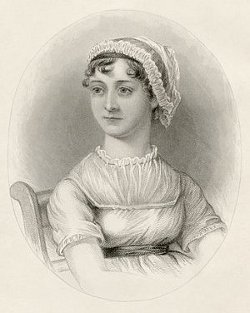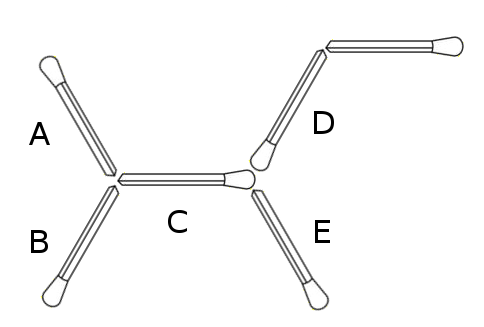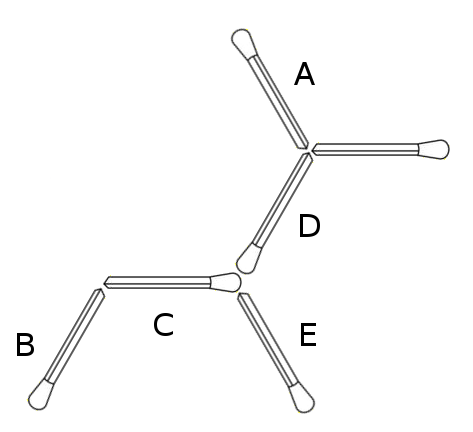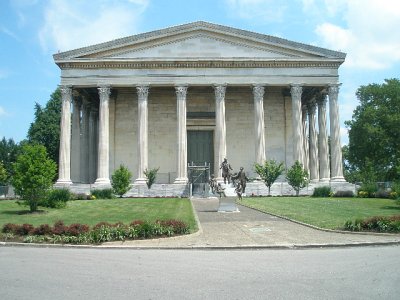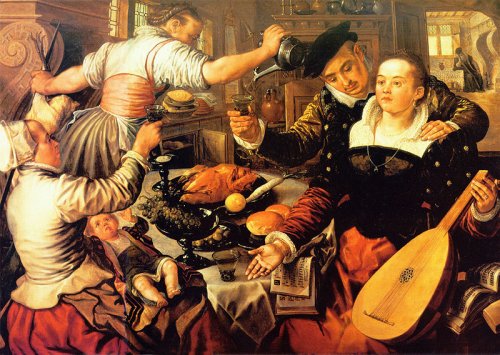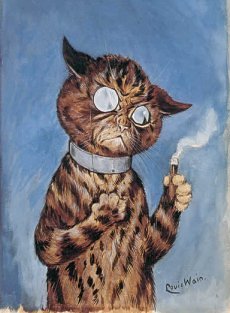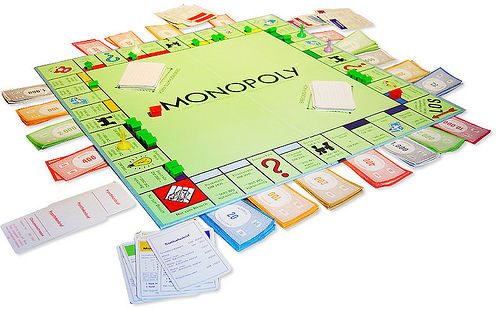
What’s the shortest possible game of Monopoly if each player plays optimally? Richard I. Hess of Palos Verdes, Calif., found this solution:
You roll 1, 1, land on Community Chest, and win $10 as second prize in a beauty contest. Then you roll 5, 5 and buy Electric Co. for $150. You end your turn by rolling 1, 3 and buying St. James for $180. Now you have $1180.
Each other player rolls 1, 3 and pays 10 percent Income Tax, reducing their balance to $1350 each.
Your turn again. You roll 1, 1 and buy Tennessee for $180, then roll 2, 2 and draw a Chance card, which sends you back three spaces, where you buy New York for $200. Now you roll 1, 2 and draw another Chance card, which advances you to GO and yields $200. You have exactly $1000, which you use to buy 10 houses, four on St. James and three each on Tennessee and New York.
The other players roll 4, 4 and pay $32 rent on Electric Co., then roll 2, 2 and pay $750 on St. James. They conclude ignominously by rolling 1, 2 and going bankrupt on New York, where they owe $600 and have only $568.
That’s if every player does his best. What if your opponents play a stupid but legal game?
You roll a 3 and buy Baltic for $60. Every other player buys Baltic from you for $1500 and sells it back for $3. Then each rolls 1, 2, lands on Baltic, and, having $3 but owing $4, goes bankrupt.
(From the Journal of Recreational Mathematics, 15(1))
11/21/2011 UPDATE: Kevin Tostado points out that a player who draws the Community Chest card “Bank Error in your Favor: Collect $200” would not need to draw the “Advance to GO card”; that it’s unnecessary to purchase Electric Company; and that the 10% income tax option was phased out in 2008. He offers the following improvement, which requires one less roll by the first player and one less property purchased:
You roll 1, 1, land on Community Chest, and collect $200 for a bank error in your favor. Then you roll 4, 4, land on Just Visiting, then roll 1, 5 and buy St. James for $180, ending your turn. Now you have $1370.
Each other player rolls 1, 3 and pays $200 Income Tax, reducing their balance to $1300 each.
Your turn again. You roll 1, 1 and buy Tennessee for $180, then roll 1, 3 and draw a Chance card, which sends you back three spaces, where you buy New York for $200. You have $1140, which you use to buy 11 houses, four each on St. James and New York and three on Tennessee.
The other players roll 3, 3, land on Just Visiting, then roll 3, 3 and pay $750 on St. James. They conclude ignominously by rolling 1, 2 and going bankrupt on New York, where they owe $800 and have only $550.
“Also, in the course of filming my documentary, one player I interviewed described how in an actual tournament game, he bankrupted three opponents in under 15 minutes, all actually trying to win (and not just throw the game), through acquiring a natural monopoly on the light blues on his 2nd full turn of the game.” (Thanks, Kevin.)
